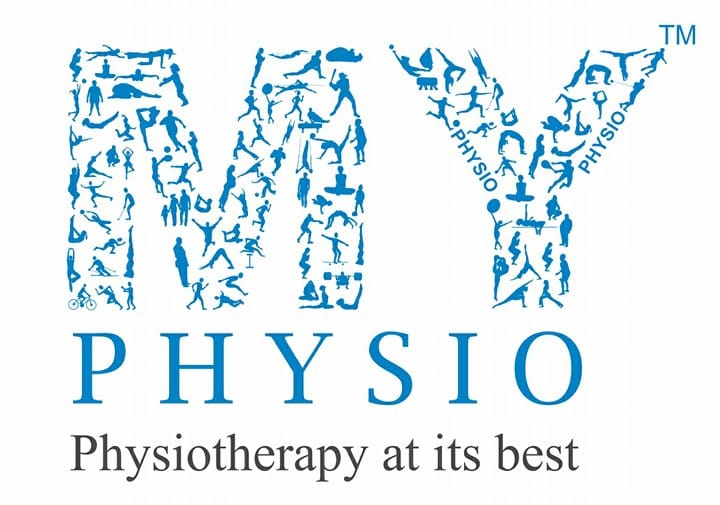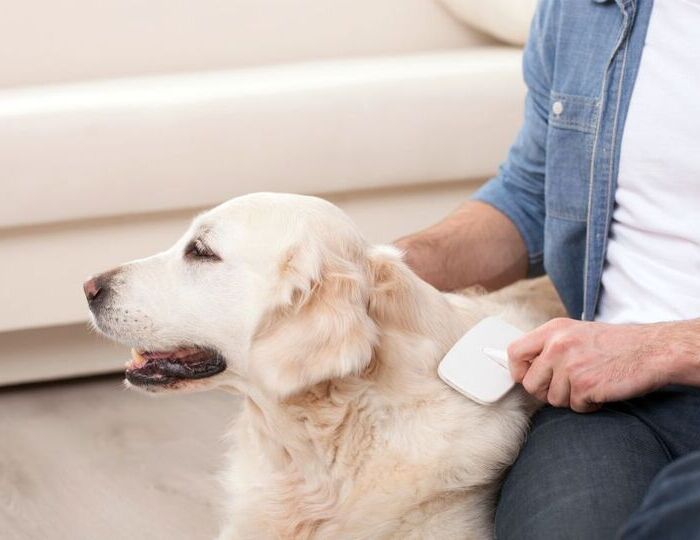Veterinary Physiotherapy Techniques
Veterinary physiotherapists utilize a variety of techniques to achieve treatment goals. Here's a closer look at some of the most common methods:
Animal Physiotherapy is now widely accepted as an important component of the treatment of many conditions in the small animal patient. At PetSolute, our physiotherapy programs are aimed at accelerating the rehabilitation process and restoring function and quality of life to your dog or cat.

At PetSolute, we provide an animal physiotherapy service second to none. We listen to what you say and work with you to set a program specific to your pet’s needs. We will guide you every step of the way to help your pet reach their rehabilitation goals sooner.
On our initial visit, we will perform a thorough assessment of your pet's needs, and combine this with any information provided in the veterinary referral, to determine which body parts are affected and the impact this has on the overall pet’s mobility and function. We will then discuss our findings with you, and with your input, devise goals of treatment and a rehabilitation plan that suits your individual pet’s needs. From here we can select a variety of treatments to use to get your pet on the road to recovery.

We are proud to partner with MyPhysio, a leading provider of physiotherapy services. Their expertise and commitment to excellence align perfectly with our mission to provide the best care for your pets. MyPhysio's team of skilled physiotherapists specializes in animal rehabilitation, ensuring that your furry companions receive the highest standard of care. Together, we are dedicated to helping your pets recover and thrive.
Animal Physiotherapy treatments we provide may include:

Veterinary physiotherapists utilize a variety of techniques to achieve treatment goals. Here's a closer look at some of the most common methods:

This includes techniques like massage, joint mobilization, and manipulation. Massage helps relax tense muscles, improve circulation, and reduce pain. Joint mobilization gently restores normal movement patterns in stiff joints, while manipulation may be used for specific joint issues.

Particularly beneficial for dogs, hydrotherapy involves exercises performed in water, such as swimming or underwater treadmills. The water's buoyancy supports the animal's weight, reducing stress on joints while allowing for effective exercise. This is especially helpful for post-surgical rehabilitation or pets with weight-bearing limitations.

Techniques like TENS (Transcutaneous Electrical Nerve Stimulation) and therapeutic ultrasound are used to manage pain and inflammation. TENS uses electrical currents to stimulate nerves and reduce pain perception, while therapeutic ultrasound uses sound waves to promote tissue healing and reduce inflammation. Both methods are non-invasive and can provide significant relief.

Therapeutic laser therapy uses low-level laser light to promote tissue healing, reduce pain, and decrease inflammation. This technique can be helpful for various conditions, including wounds, arthritis, and muscle strains.

This is a fundamental aspect of veterinary physiotherapy. Physiotherapists design specific exercise programs tailored to the individual animal's needs and condition. Exercises may include range-of-motion exercises, strengthening exercises, balance exercises, and gait training (walking pattern training). These exercises help improve mobility, flexibility, and overall physical function.
Veterinary physiotherapy offers a multitude of benefits for pets, addressing various conditions and aiding in overall well-being. Let's explore some key advantages:
Techniques like massage, joint mobilization, and electrotherapy can significantly reduce pain from arthritis, hip dysplasia, or post-surgical discomfort. This improves your pet's comfort and quality of life, allowing them to participate in activities they enjoy.
Physiotherapy exercises target specific muscle groups and joints, helping to regain strength, improve range of motion, and enhance overall flexibility. This is particularly beneficial for older pets or those with chronic conditions, allowing them to maintain independence and perform daily activities with greater ease.
Proprioception refers to the body's awareness of its position in space. Physiotherapy exercises help pets regain this sense of balance, leading to more coordinated movement and reducing the risk of falls or injuries.
Following surgery, structured physiotherapy with targeted exercises and therapies can significantly accelerate recovery. Techniques like hydrotherapy (water exercises) are particularly effective in building strength without putting undue stress on healing tissues.
Conditions like intervertebral disc disease (IVDD) and paralysis can significantly impact an animal's mobility and nervous system function. Veterinary physiotherapy can help manage these conditions by improving muscle strength, coordination, and potentially supporting recovery. Physiotherapy can also help prevent muscle atrophy and maintain circulation in paralyzed pets.
Ultimately, the goal of veterinary physiotherapy is to enhance your pet's quality of life. By addressing pain, improving mobility, and promoting overall well-being, physiotherapy allows pets to live happier, healthier lives and participate in activities they love.